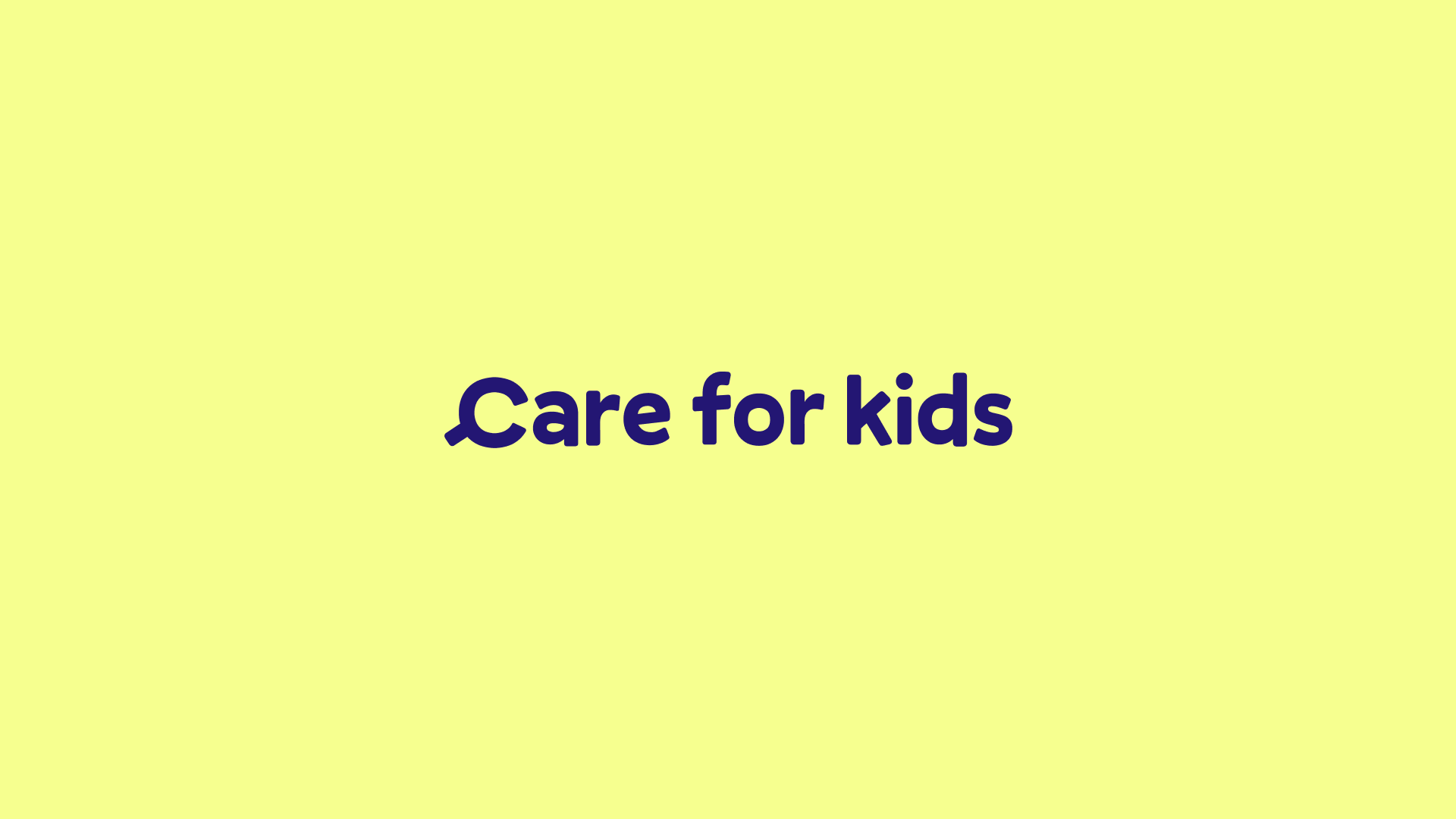If you’ve started looking into childcare options, chances are you’ve asked the big question on many parents’ minds, “How much does it actually cost?” Between different care types, regional variations, and added extras like meals and nappies, the world of childcare fees can get a little confusing. But don’t worry; we’re here to break it all down for you.
Watch our video to learn more:
Better yet, tools like the Childcare Subsidy Calculator make it simple to work out potential savings tailored to your family situation. Here’s everything you need to know.
Typical Child Care Costs by Type
Childcare fees across Australia can vary widely depending on the care type, provider, and location. Below are some approximate ranges to help give you an idea:
- Nannies: $30–$45 per hour (plus super and agency fees, if applicable).
- Nanny sharing: Starting at $17/hour per family.
- Au pairs: $350–$450 pocket money per week (plus fees).
- Mother’s help: $25–$35/hour.
- Long day care (childcare centres): $70–$188/day.
- Preschool: $45–$80/day.
- Family day care: $7.50–$16.80/hour.
- Babysitters: $25–$35/hour.
- Outside School Hours Care (OSHC): $15–$30 per morning, $25–$45 per afternoon session.
Why Costs Vary
There’s no one-size-fits-all answer to childcare fees. Some providers include meals, nappies, or extracurricular activities in their pricing, while others may not. Local regulations, staffing ratios, and even commute times can also impact costs.
To get the most precise estimate, use the Care for Kids Childcare Cost Tool to compare providers in your area.
Financial Support through the Child Care Subsidy
Here’s the good news: the Australian government offers the Child Care Subsidy (CCS) to help eligible families cover their childcare costs.
What does the subsidy depend on?
A range of factors influences how much assistance your family might get, including:
- Your household income.
- The number of hours you and your partner engage in approved activities like work or study.
- Your child’s age and type of care.
- The hourly rate cap for the chosen care type.
Understanding Hourly Rate Caps
To give you some context, here’s a quick look at the CCS hourly rate cap by care type:
| Childcare Type | Hourly Rate Cap (Under School Age) | Hourly Rate Cap (School Age) |
|---|---|---|
| Long Day Care | $13.73 | $12.02 |
| Family Day Care | $12.72 | $12.72 |
| OSHC | $13.73 | $12.02 |
| In Home Care | $37.34 (per family) | $37.34 (per family) |
To find out exactly what you’re eligible for, take a moment to check out the Care for Kids Childcare Subsidy Calculator. It’s quick, easy, and tailored to your circumstances.
Using the Childcare Subsidy Calculator
Not sure where to start? The Childcare Subsidy Calculator is your best friend when it comes to planning your childcare budget. By entering details such as your income and activity hours, you can get an estimate in under 30 seconds.
This tool simplifies the process, so you don’t have to sift through complex calculations or government jargon.
What Can Affect Your Total Costs?
When budgeting for childcare, be sure to factor in additional costs, like:
- Transportation (fuel or public transport).
- Items not supplied by the provider, such as nappies, formula, or particular snacks.
- Fees for public holidays or missed days (some providers still charge on non-attendance days).
And importantly, always ask childcare centres or family daycare providers about what’s included in their fees.
Insights from National Trends
According to recent data:
- The most commonly used type of formal care is long day care, followed by OSHC.
- Many families offset costs with the Child Care Subsidy, which significantly reduces out-of-pocket fees.
- Net childcare costs vary, but ABS data from 2020 shows fees average about $10/hour before subsidies for childcare services (excluding in-home care).
For preschool programs, some states offer free or affordable options under government initiatives, meaning you might pay as little as $4/hour after subsidies.
Simplify the Search with Care for Kids Tools
If navigating the world of childcare costs feels overwhelming at times, don’t worry—we have tools to make it easier:
- Childcare Subsidy Calculator: Calculate your CCS savings quickly.
- Childcare Cost Tool: Compare childcare fees in your area to find the best fit for your budget.
Both tools work together to help you plan your costs and get the most value for your money.
Final Tips for Managing Childcare Costs
- Plan ahead. The earlier you start researching your options, the easier it is to budget.
- Verify CCS eligibility. Don’t miss out on subsidies you’re entitled to.
- Consider alternative care types. Sometimes family daycare or nanny sharing can offer comparable quality at a lower price.
- Ask about government preschool programs. Affordable or free preschool options can dramatically cut costs for 3–5-year-olds.
- Use cost tools to compare. Don’t settle for the first provider you find; compare offerings to get a fair deal.
Take the Guesswork Out of Childcare Costs
There’s no denying that childcare is a significant investment, but it doesn’t have to leave you scratching your head. With tools like the Childcare Subsidy Calculator and our Cost Tool, you can get a clear picture of what to expect and how much you can save.
Dive in today and make childcare planning a breeze! Use the Childcare Subsidy Calculator now to start building a childcare strategy that works for your family.
































